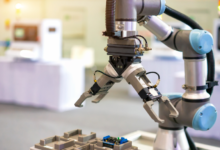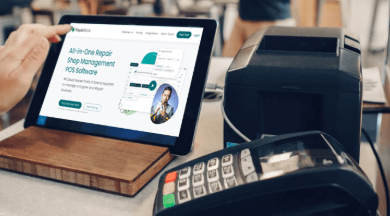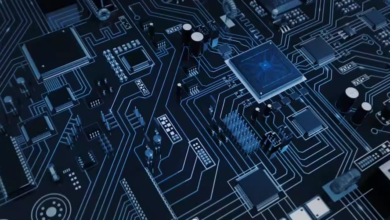Tech transformations making airport security faster and safer

Ah, airport security. It’s the part of travel that most folks dread, right? The long lines, the hurried removal of shoes and belts, and that slightly awkward pat-down. But hey, it’s all for a good cause—keeping us safe. What’s fascinating is how technology is revolutionizing this whole experience. We’re talking about advancements that are making the once cumbersome process smoother and more efficient.
Imagine walking into an airport where security checks are so seamless you barely notice them. That’s not some far-off sci-fi dream; it’s happening now! Airports around the world are adopting new tech to make security checks quicker and more reliable. From smart scanners to AI-driven systems, these technologies are cutting down wait times and enhancing safety. Pretty cool, huh?
So, what’s behind these changes? Well, it’s a mix of various technologies coming together. Let’s dive into some of the exciting developments transforming airport security and making our travel experiences just a tad less stressful.
Ai and machine learning in action
Artificial intelligence (AI) and machine learning have been buzzwords for a while now, but they’re not just for Silicon Valley tech giants anymore. Airports are leveraging these technologies to boost their security measures. AI can analyze vast amounts of data at lightning speed, identifying patterns and anomalies that might slip past human eyes. It’s like having a super detective on duty 24/7.
Take image recognition, for instance. Traditional X-ray machines show a jumble of shapes and colors that require skilled operators to interpret. Now, AI can assist in spotting prohibited items with higher accuracy. It’s almost as if the machines are thinking for themselves (but not in a creepy way). This means fewer false alarms and quicker clearance times.
And then there’s predictive analytics, which is like AI’s crystal ball. By analyzing past data, these systems can predict potential security threats before they even happen. It’s like having an airport oracle, helping to keep everyone safe without the hassle of endless manual checks. How’s that for futuristic?
The role of biometrics in keeping us safe
If you’ve ever used facial recognition to unlock your phone, you’ve had a taste of biometric technology. Airports are adopting similar systems to streamline passenger identification processes. Instead of fumbling around with passports and boarding passes, imagine just walking through a gate that scans your face or fingerprint to confirm your identity.
This isn’t just about convenience; it significantly boosts security too. Biometric data is incredibly hard to fake or steal compared to traditional IDs. So not only do you get through security faster, but it’s also much harder for someone with bad intentions to slip through unnoticed.
Some airports are even experimenting with full biometric journeys—from check-in to boarding—all handled by facial recognition. It’s like something out of a spy movie, but it’s becoming a reality in airports worldwide. And while there are privacy concerns to consider, the potential benefits are hard to ignore.
Smart scanners for quicker checks
Remember when getting through airport security meant taking out your laptop, liquids, and pretty much everything else in your bag? Well, those days might be numbered thanks to smart scanners. These devices use advanced imaging techniques like computed tomography (CT) to get a detailed look inside bags without needing them to be unpacked, much like the capabilities of an x-ray baggage scanner.
The result? Faster lines and less hassle for travelers. These scanners provide high-resolution 3D images that make it easier to spot dangerous items quickly and accurately. It’s like having X-ray vision without the superpowers (or the need to undress in public).
What’s more, these smart scanners from InsTech are designed to evolve with time. Their software can be updated to recognize new types of threats as they emerge. It’s a bit like giving the scanners a brain upgrade every now and then—keeping them sharp and ready for anything.
Read Also: cumprimento de sentença honorários sucumbenciais: O Que Você Precisa Saber
Future trends to watch in security screening systems
So what’s next on the horizon? One exciting development is the integration of AI with other technologies like blockchain for secure data sharing between airports and airlines. Imagine a world where your security clearance at one airport carries over seamlessly to your destination without any additional checks.
Another intriguing trend is the use of augmented reality (AR) for training security personnel. AR can simulate real-life scenarios in a controlled environment, helping staff prepare for various situations without any risk involved. Think of it as a high-tech training ground that makes sure everyone is ready for whatever comes their way.
And let’s not forget about drones—yes, drones! Some airports are exploring the use of drones equipped with cameras and sensors for perimeter surveillance. These flying sentinels can cover large areas quickly and efficiently, providing an extra layer of security from above.
The future of airport security is looking bright—and a lot less annoying! With all these advancements, we might one day look back at today’s airport security with the same nostalgia as we do dial-up internet. Here’s hoping for smoother skies ahead!





